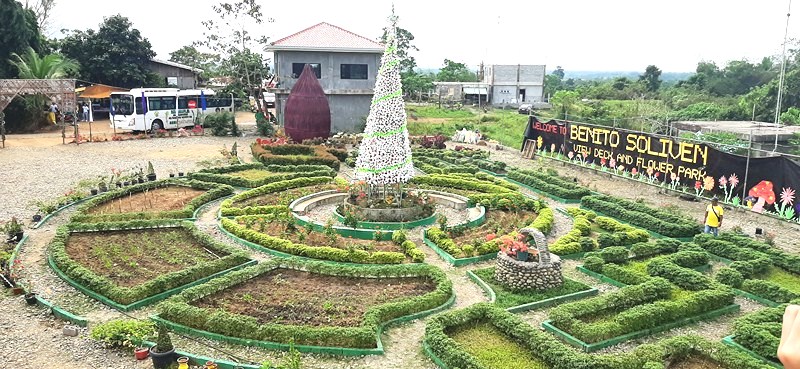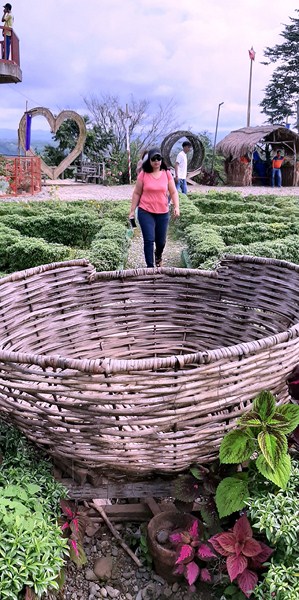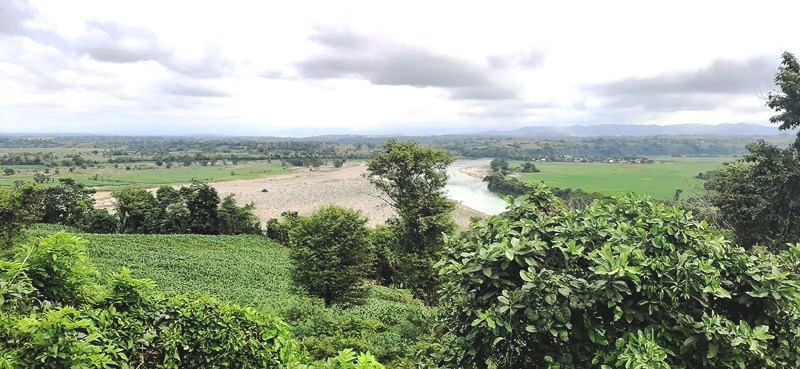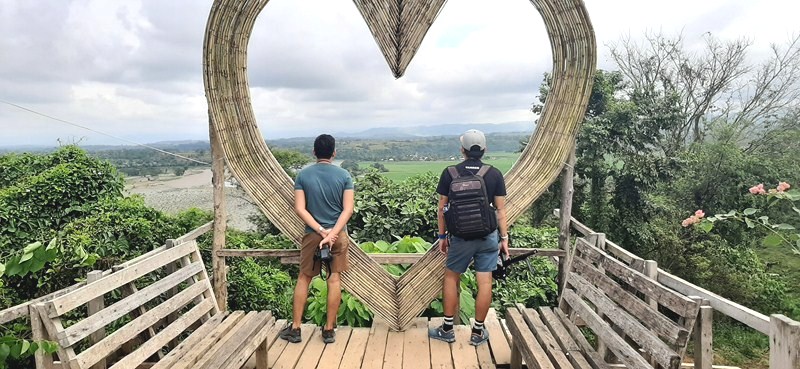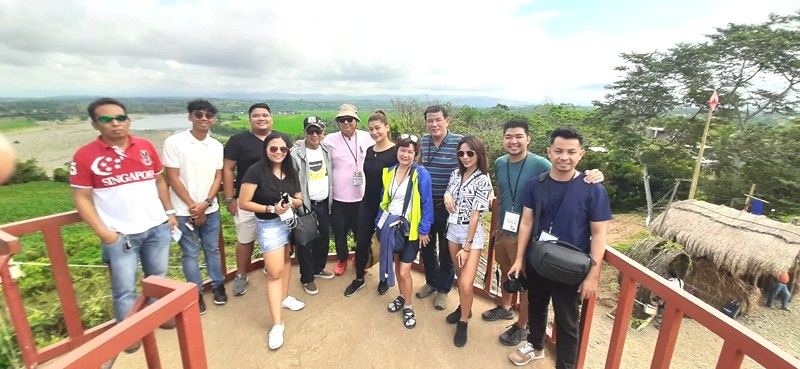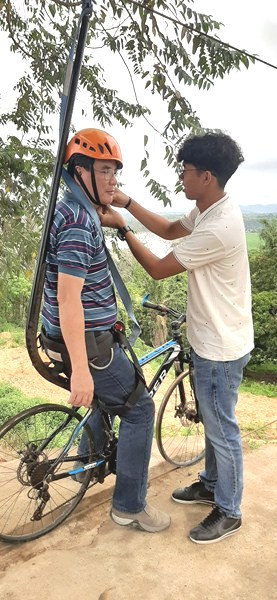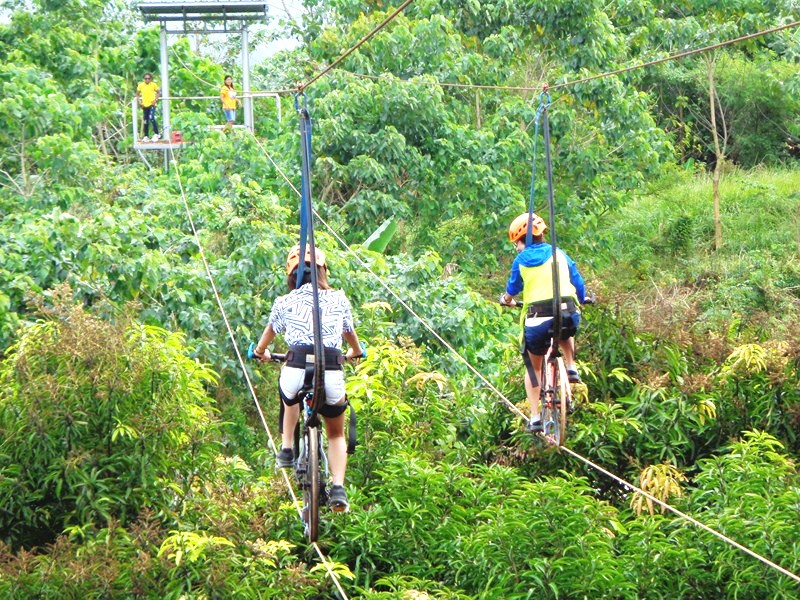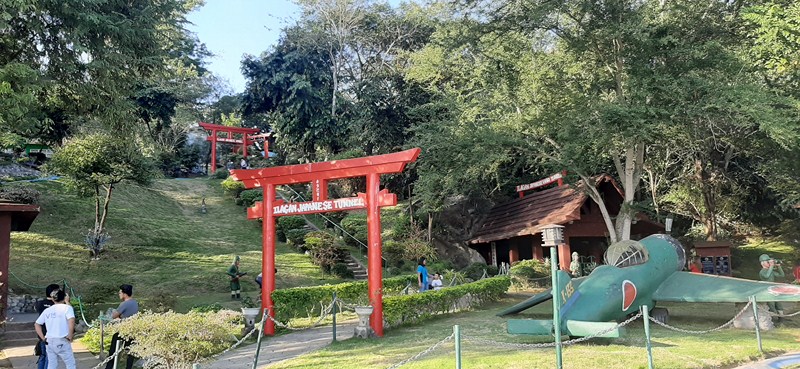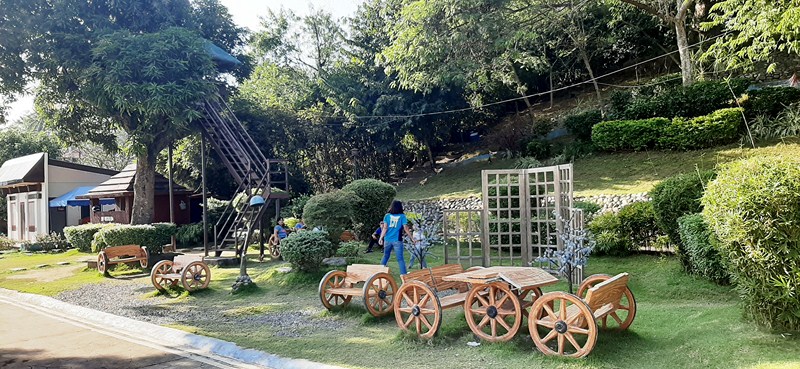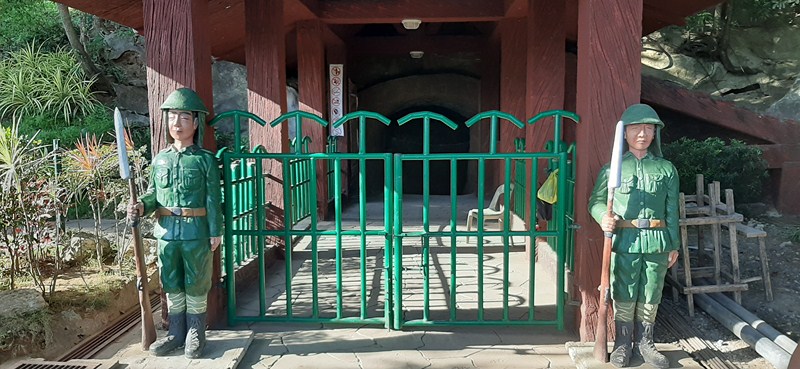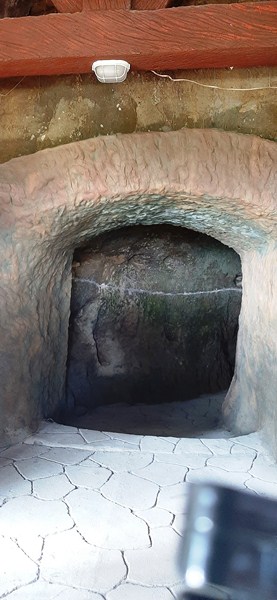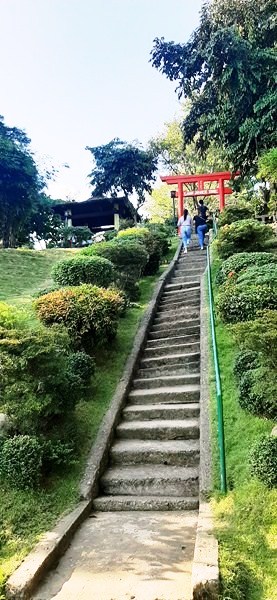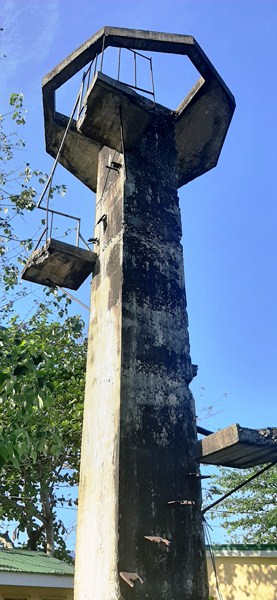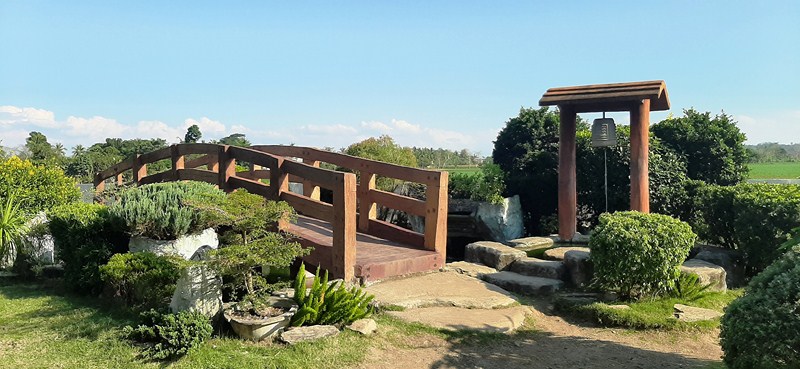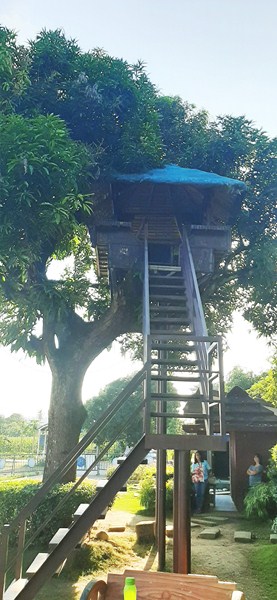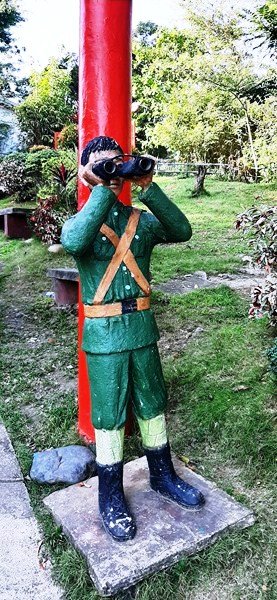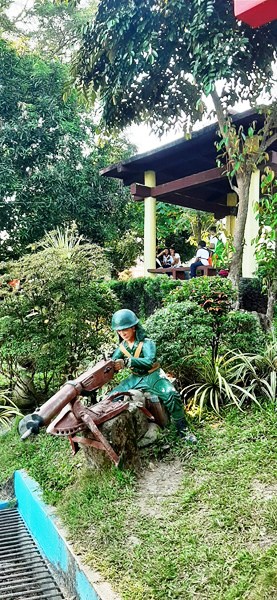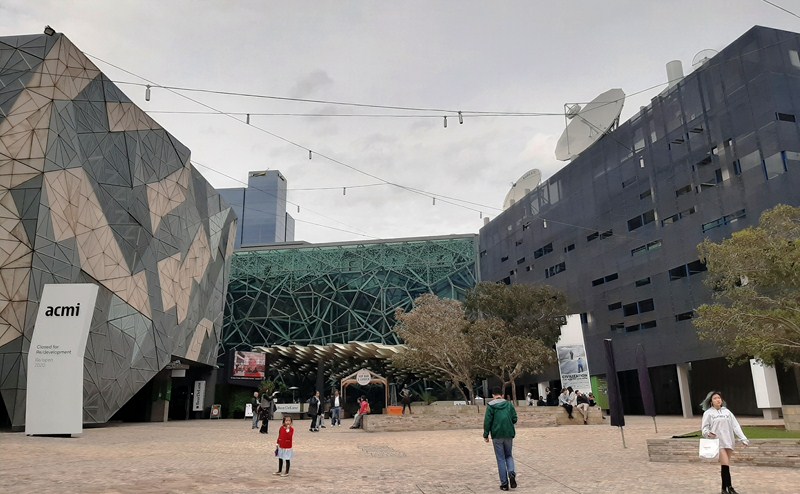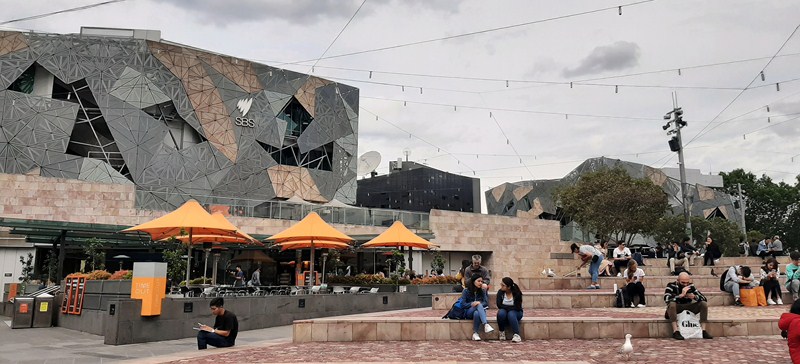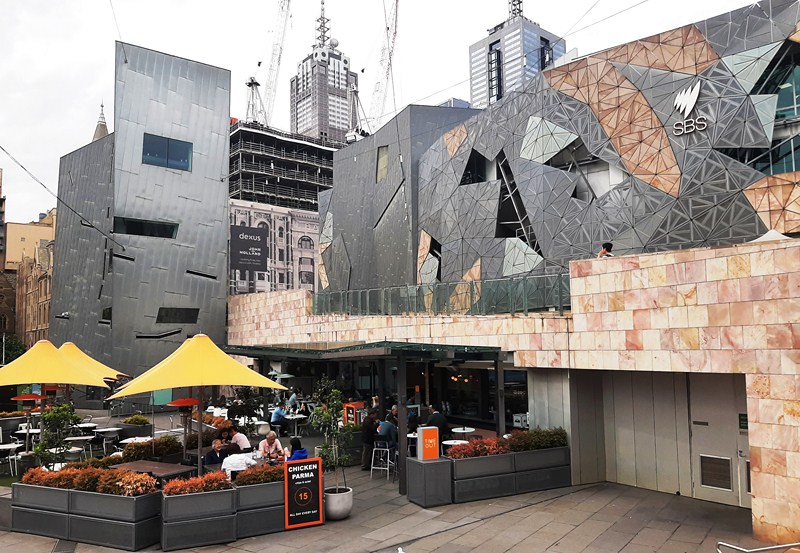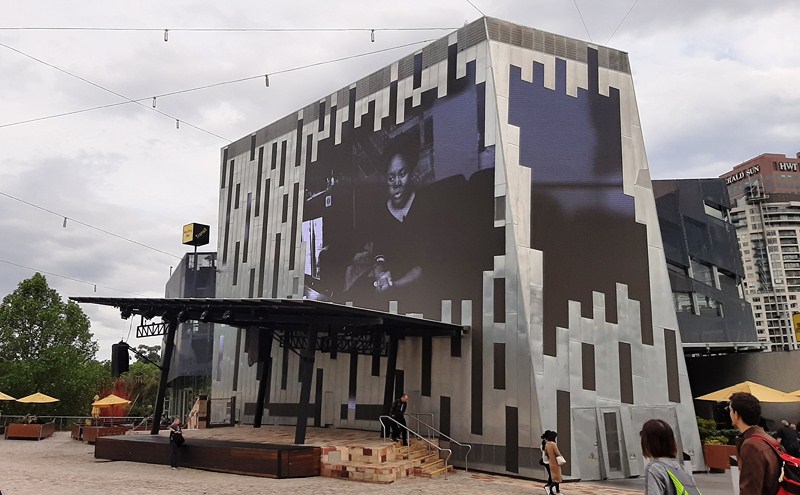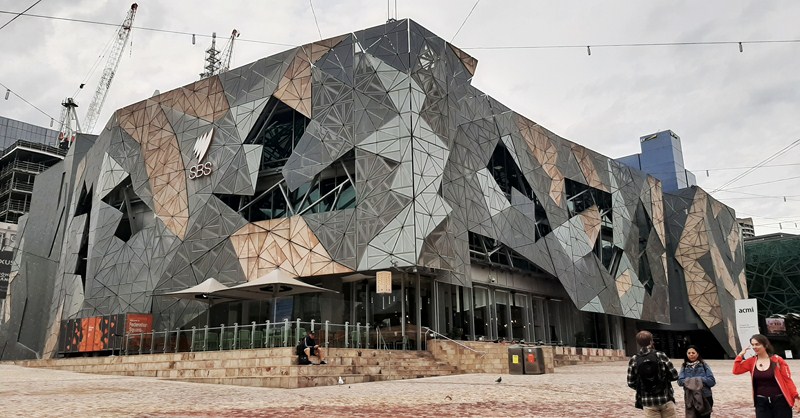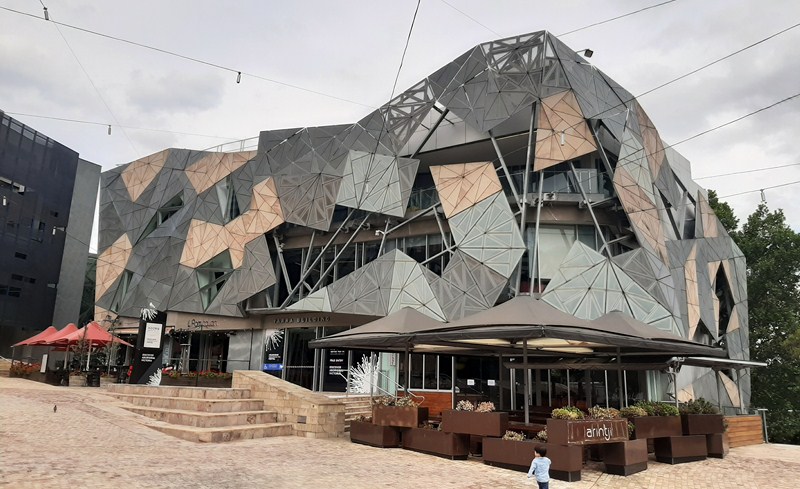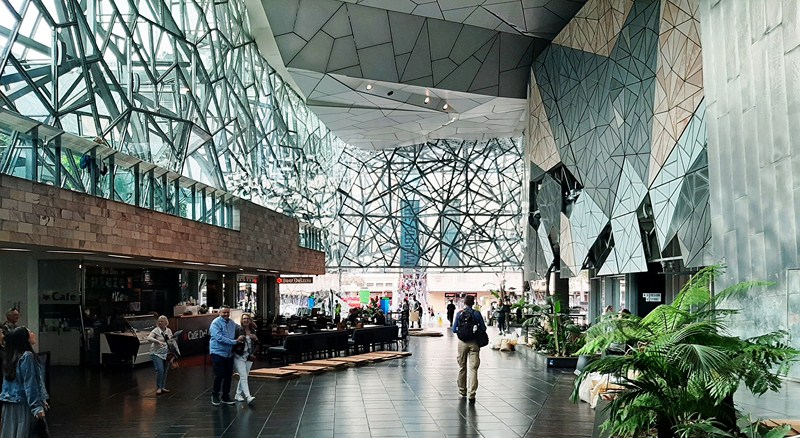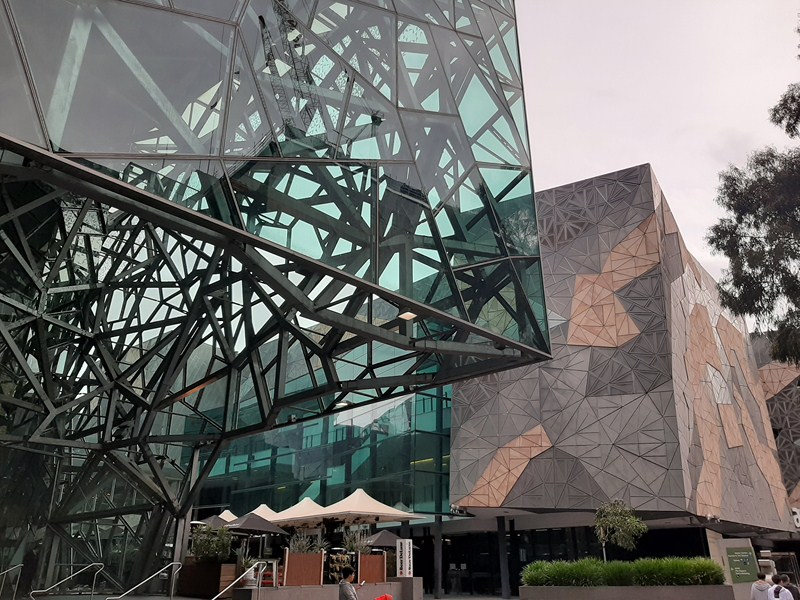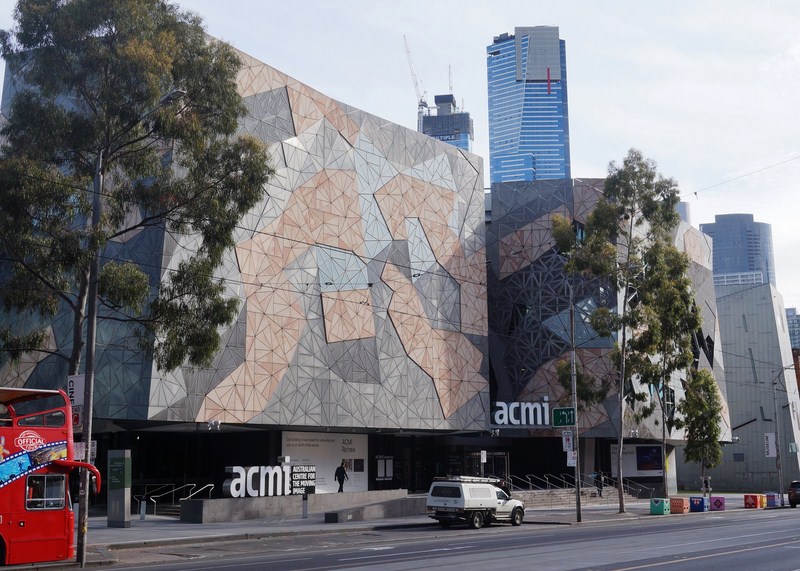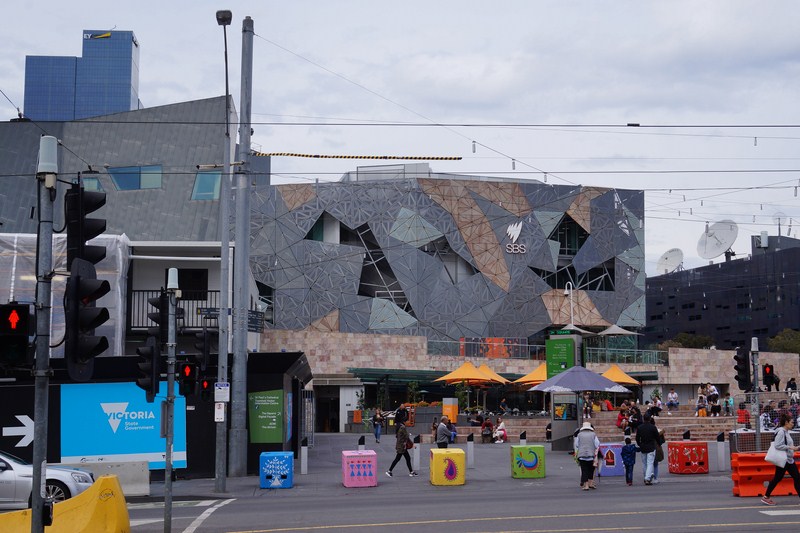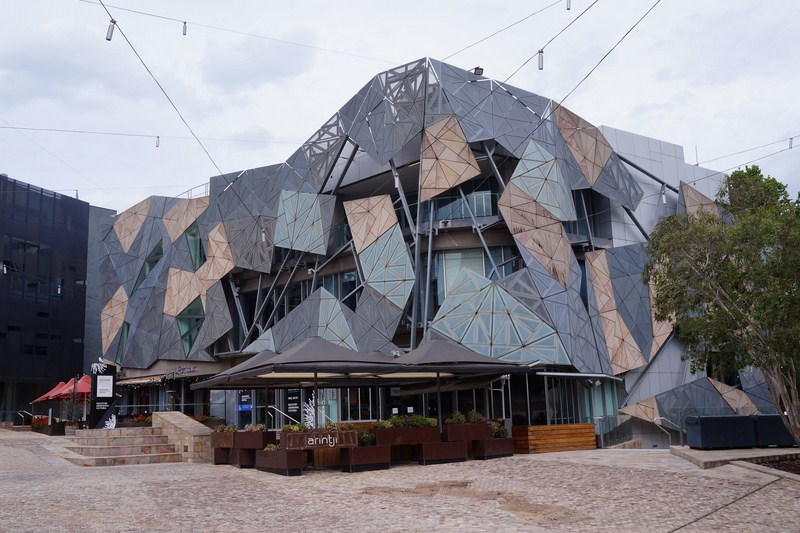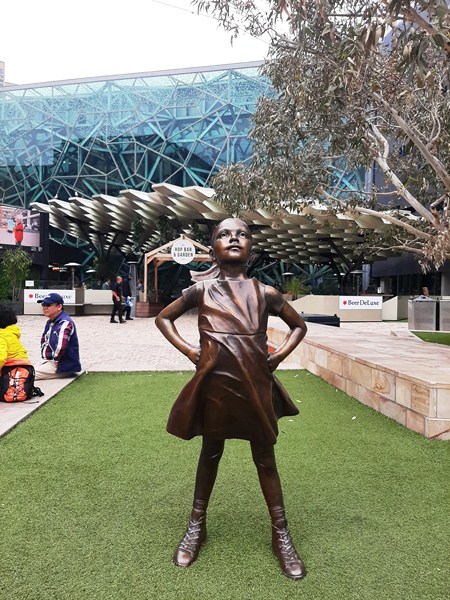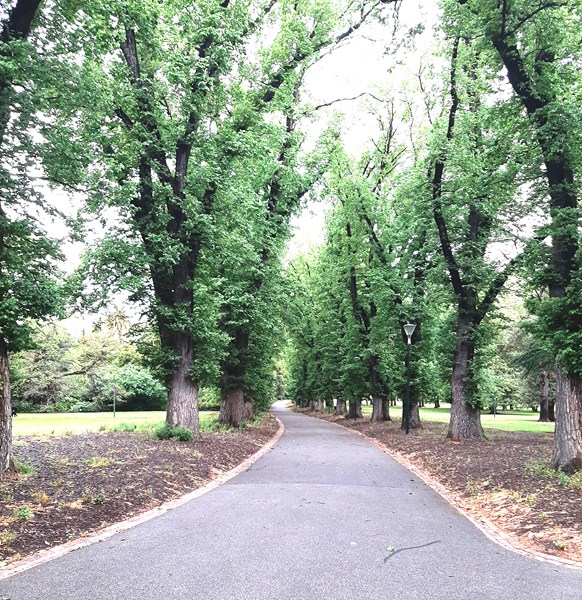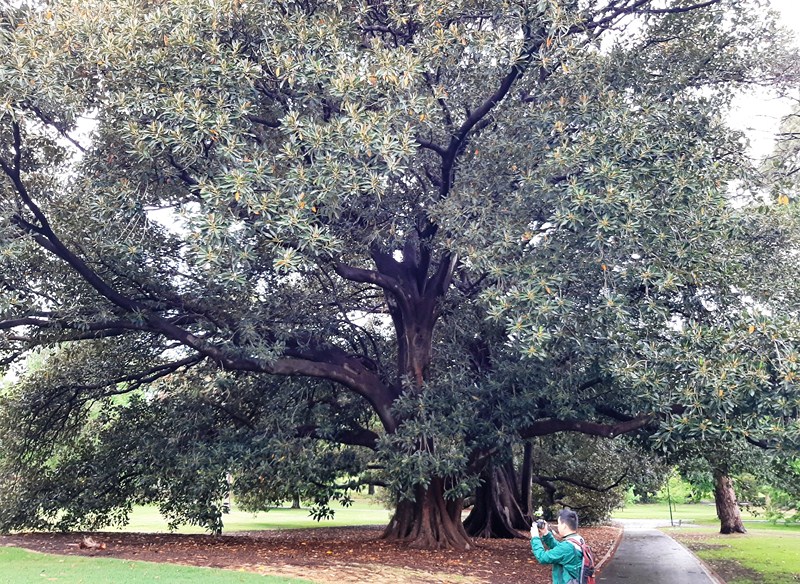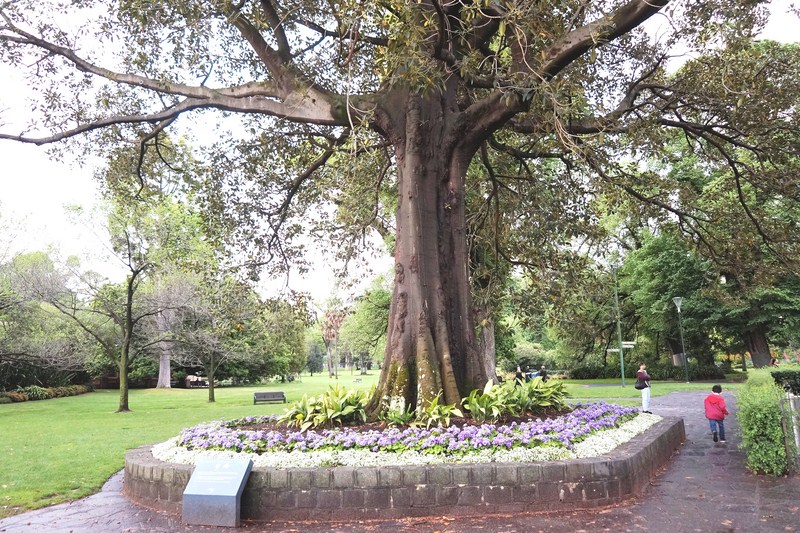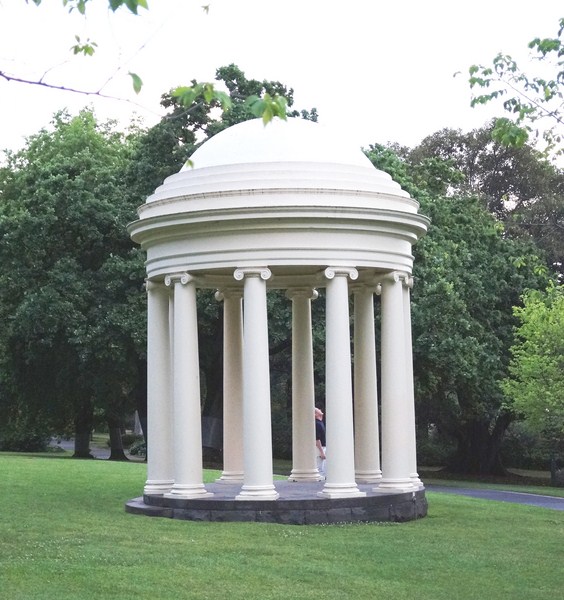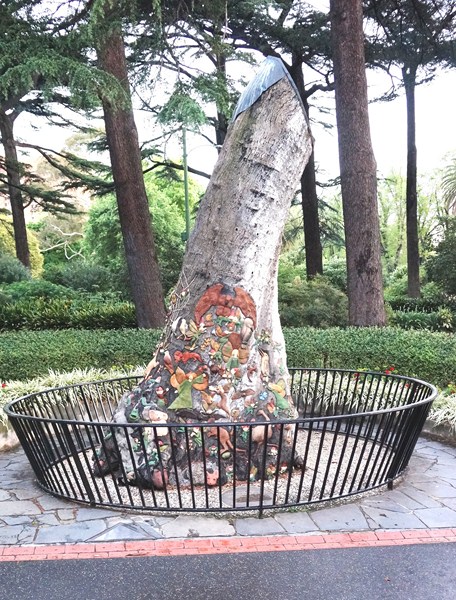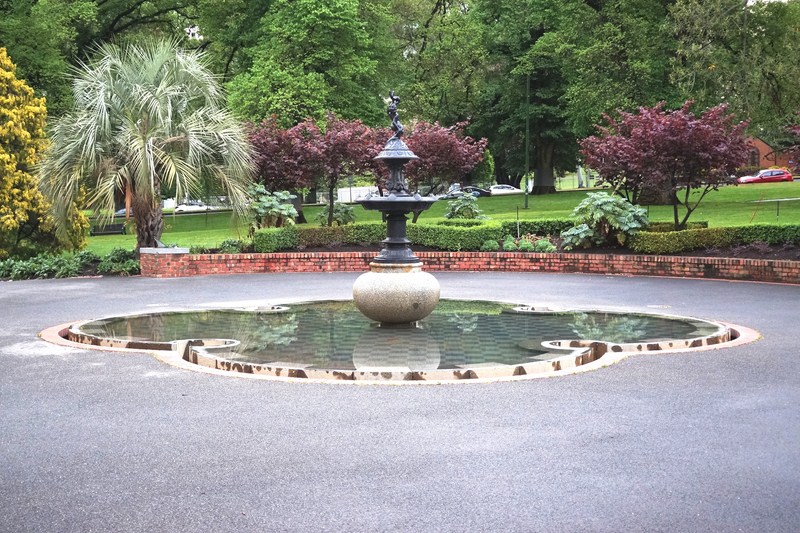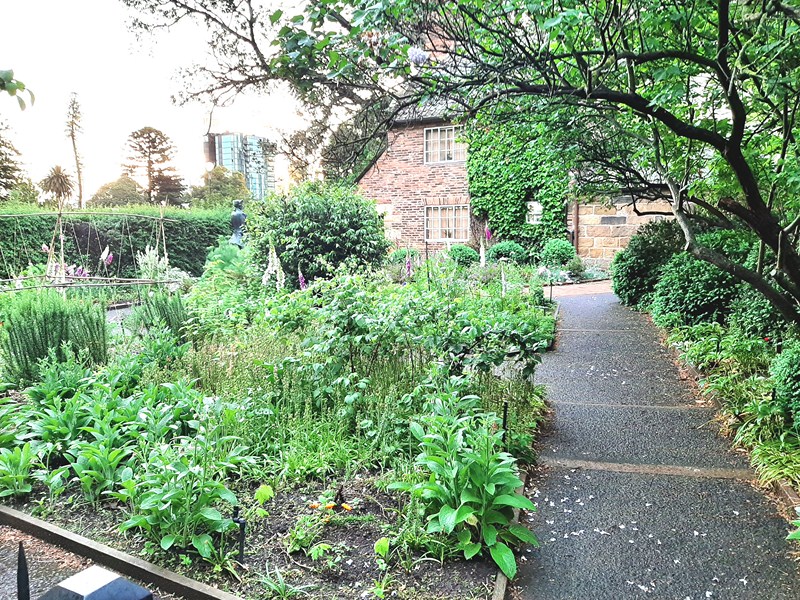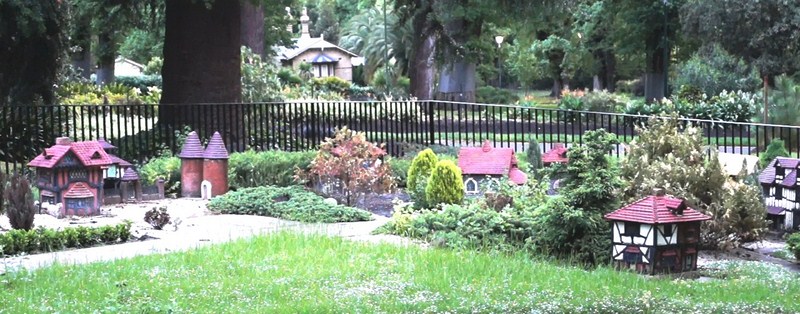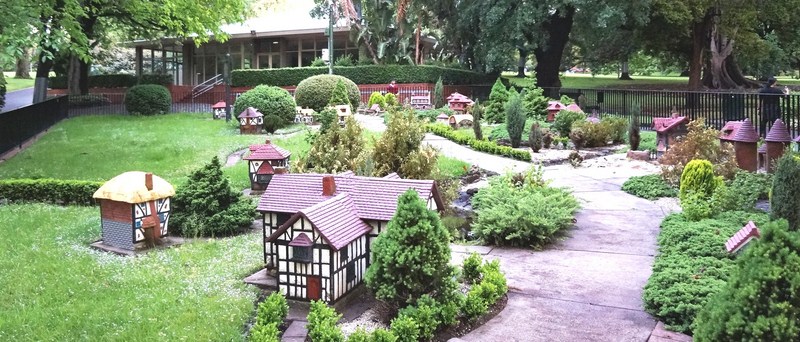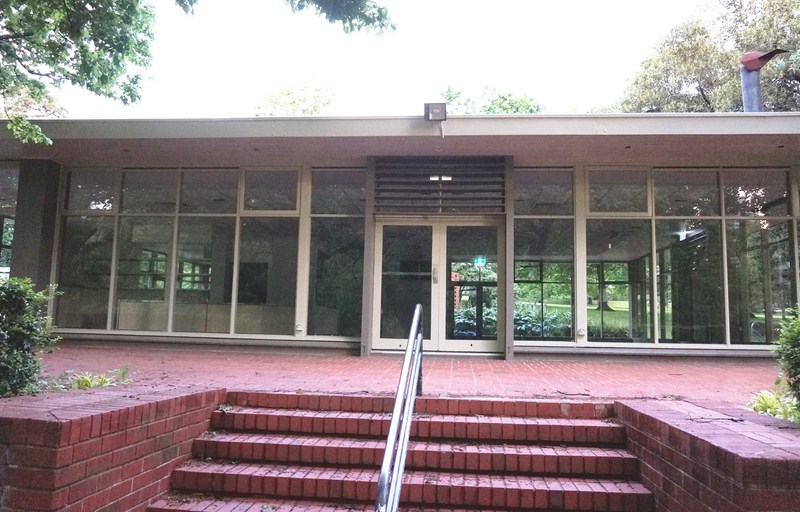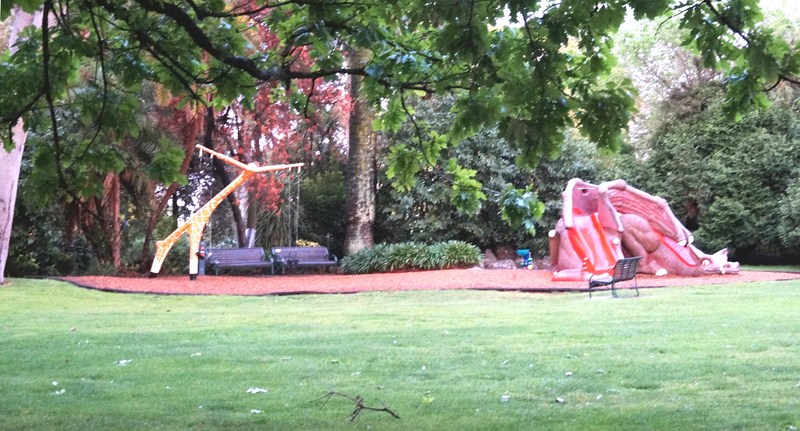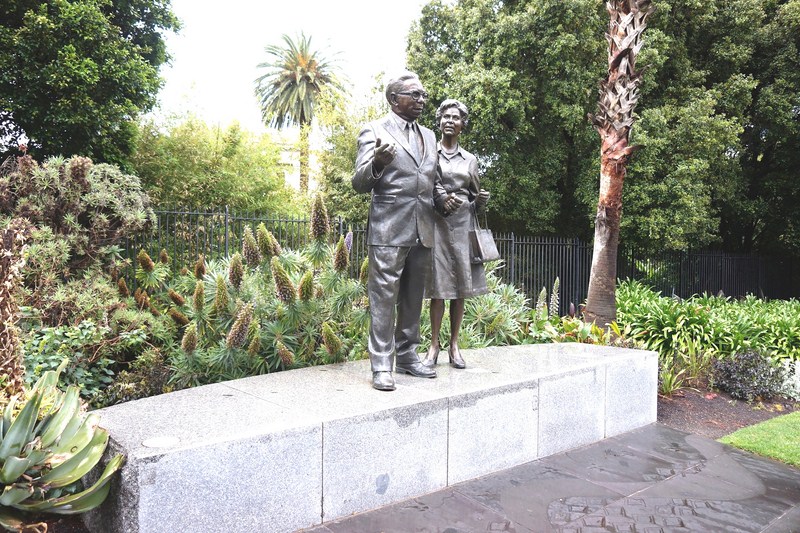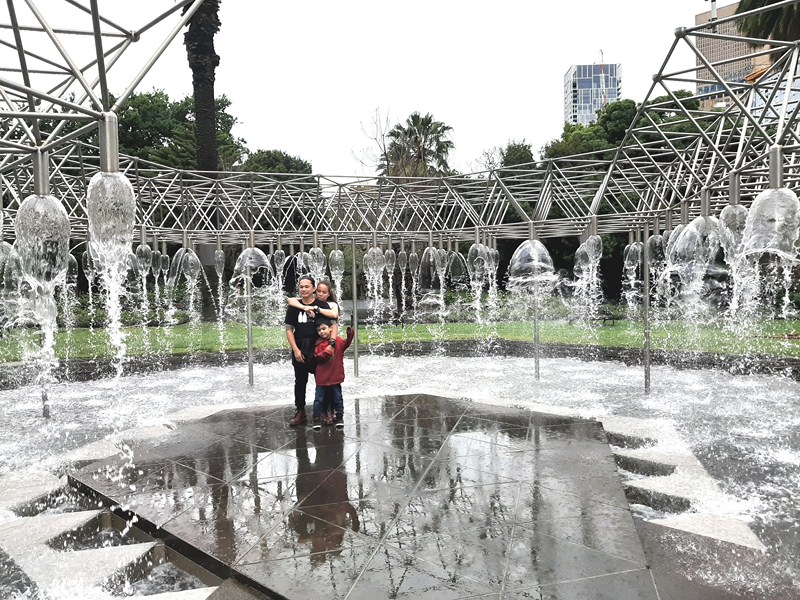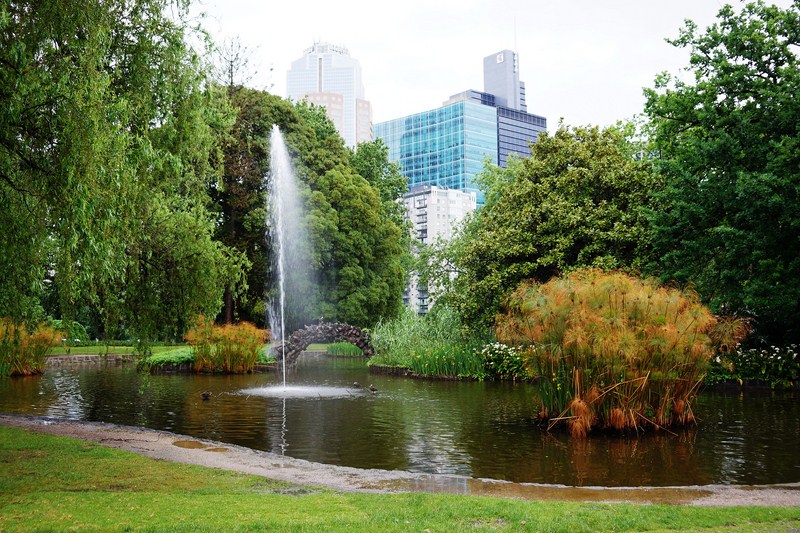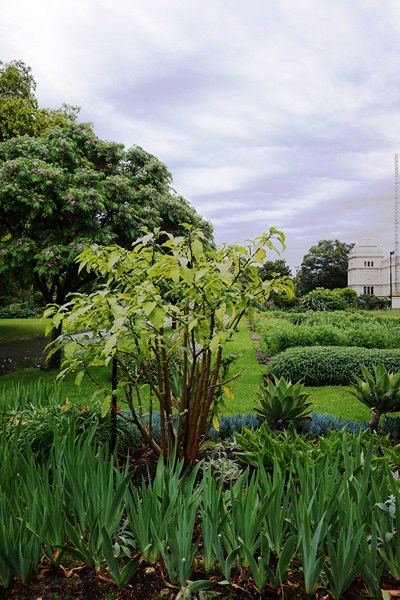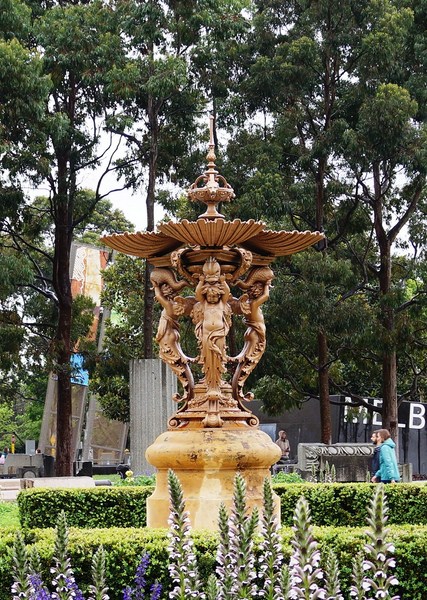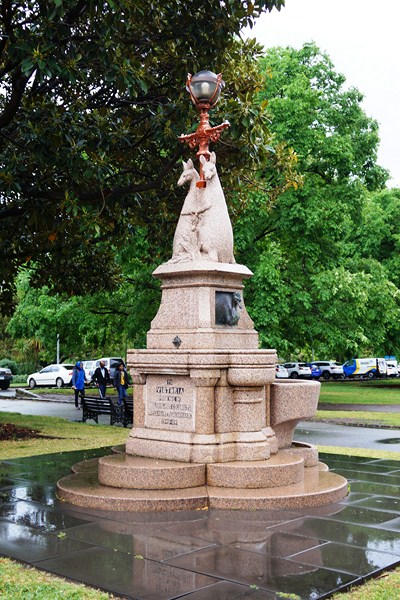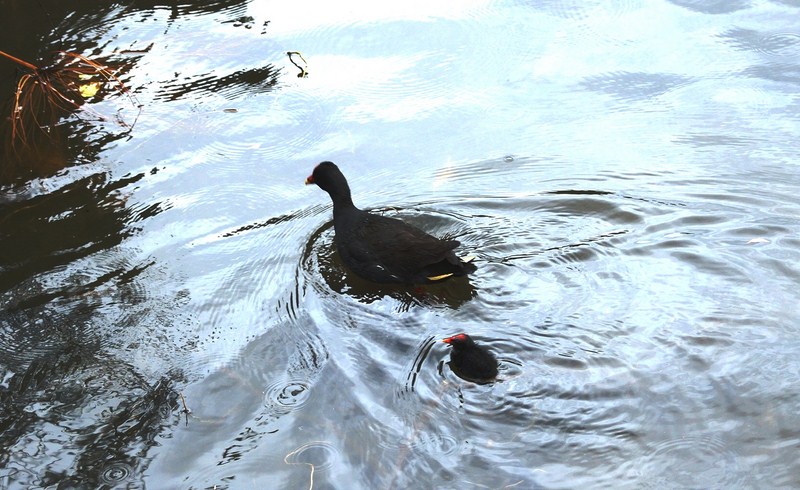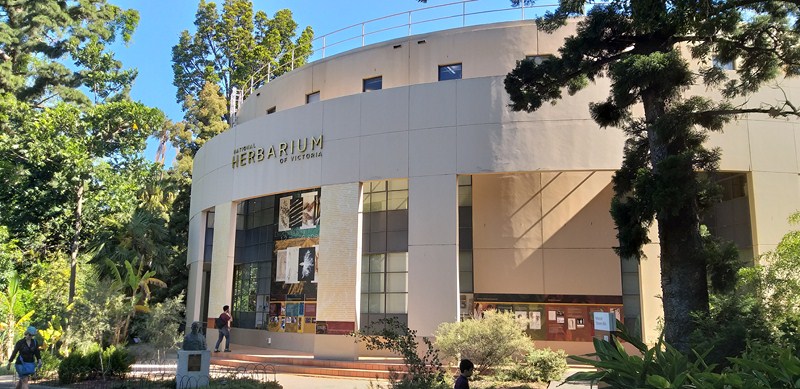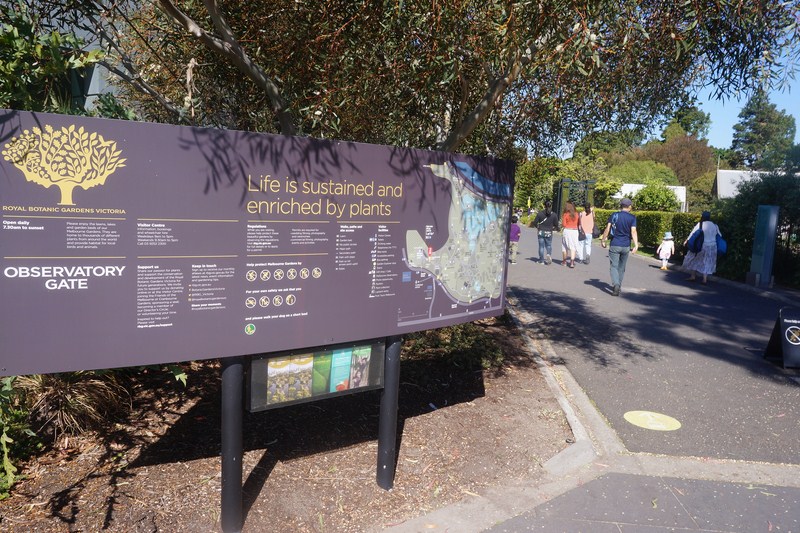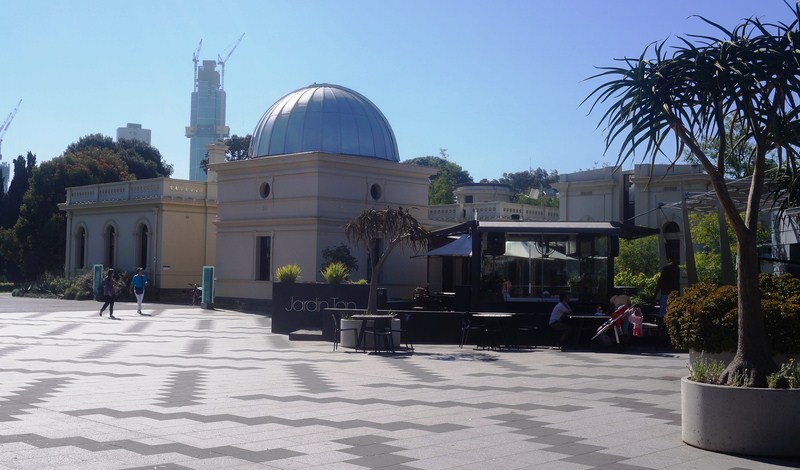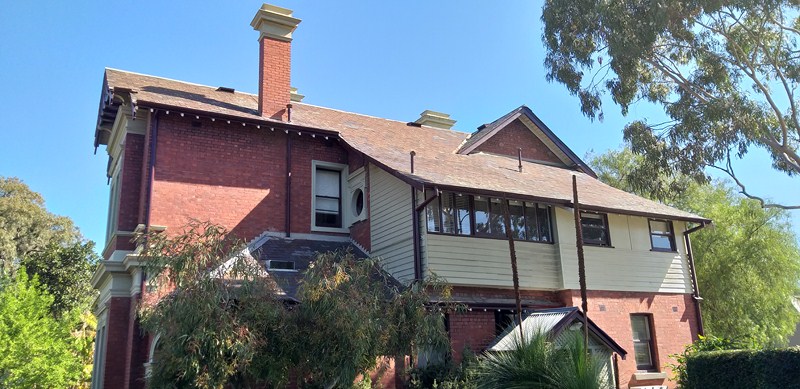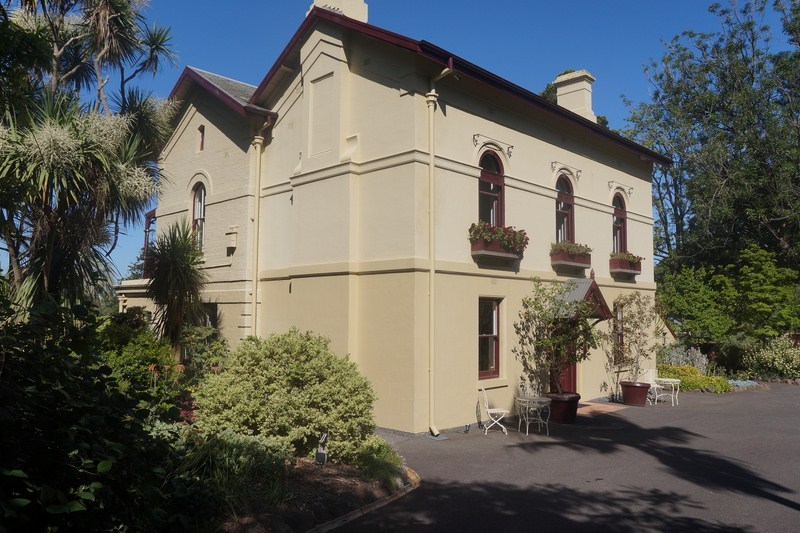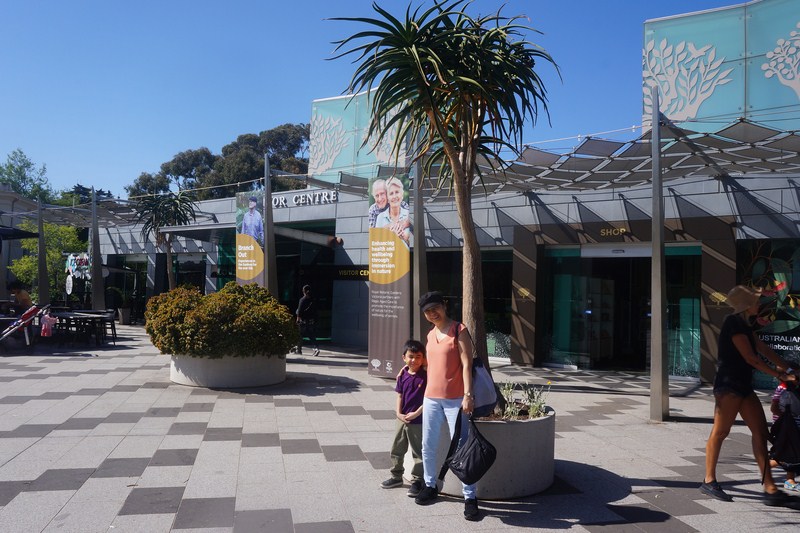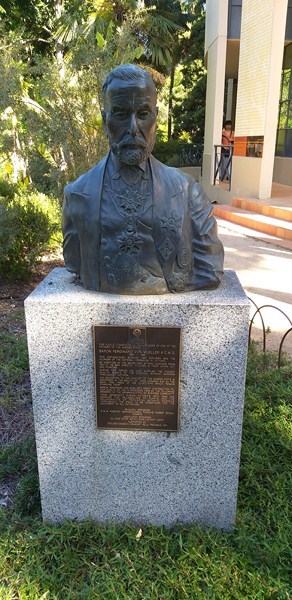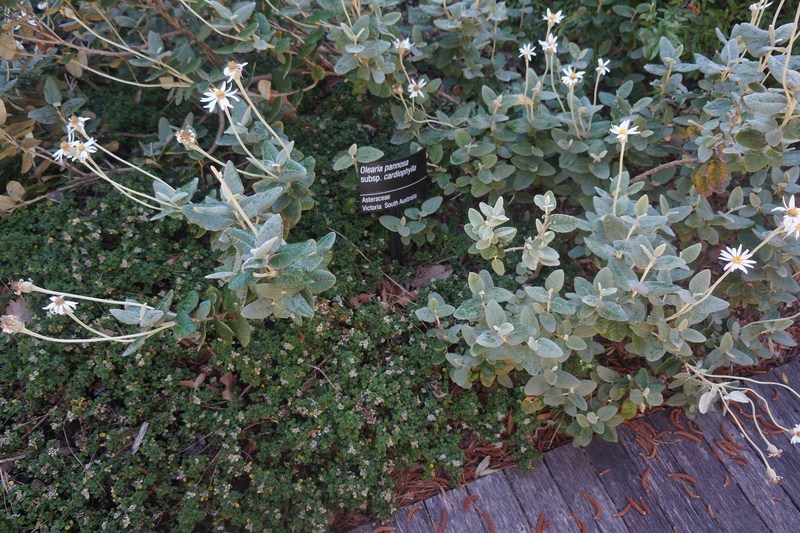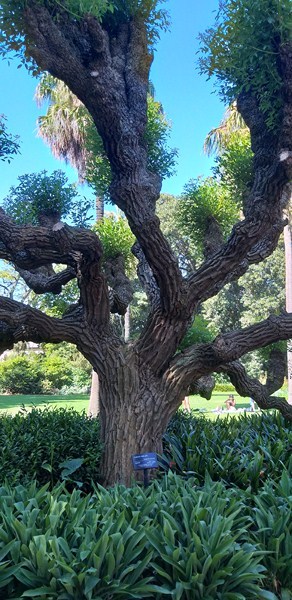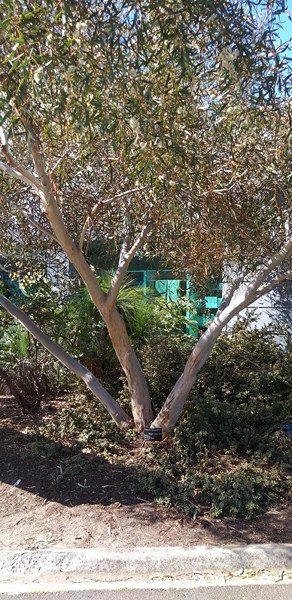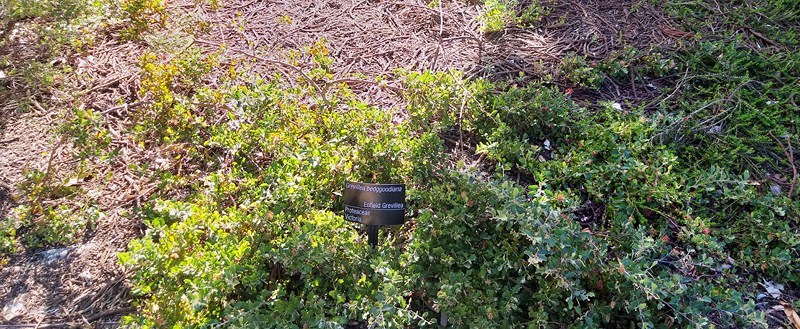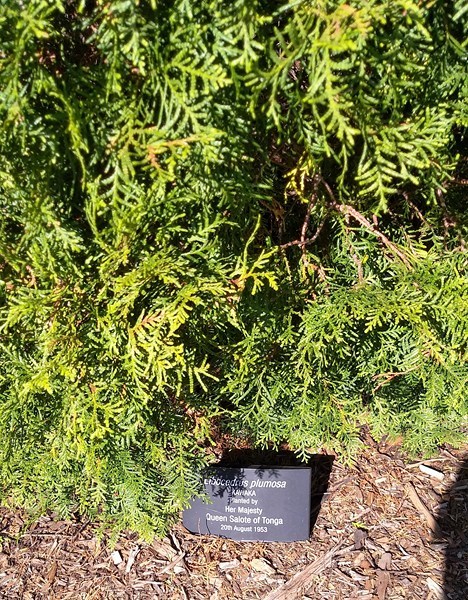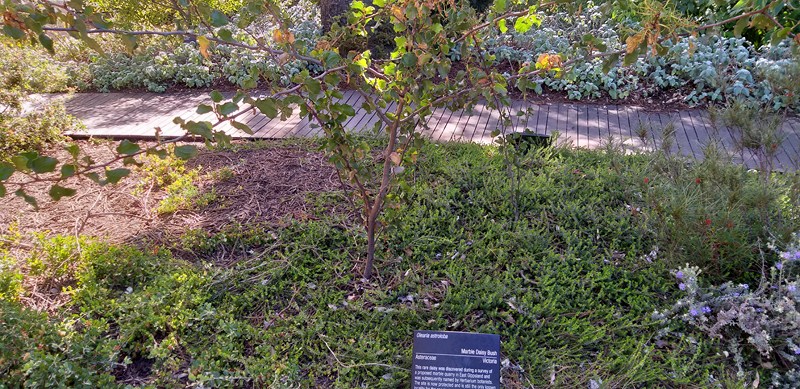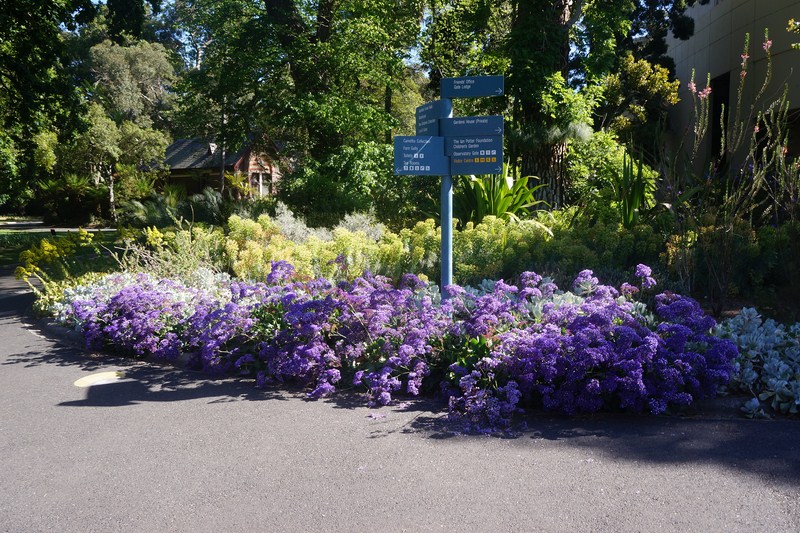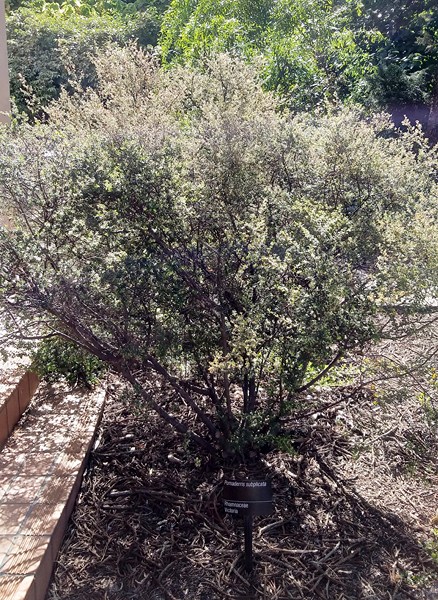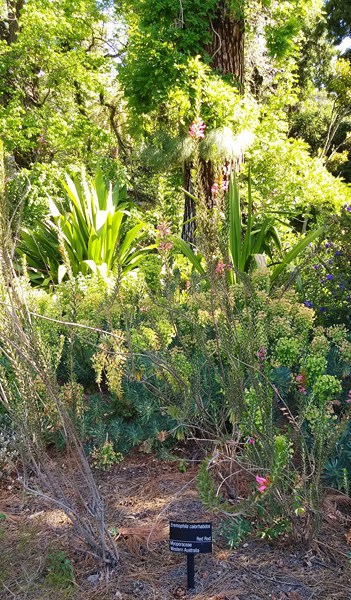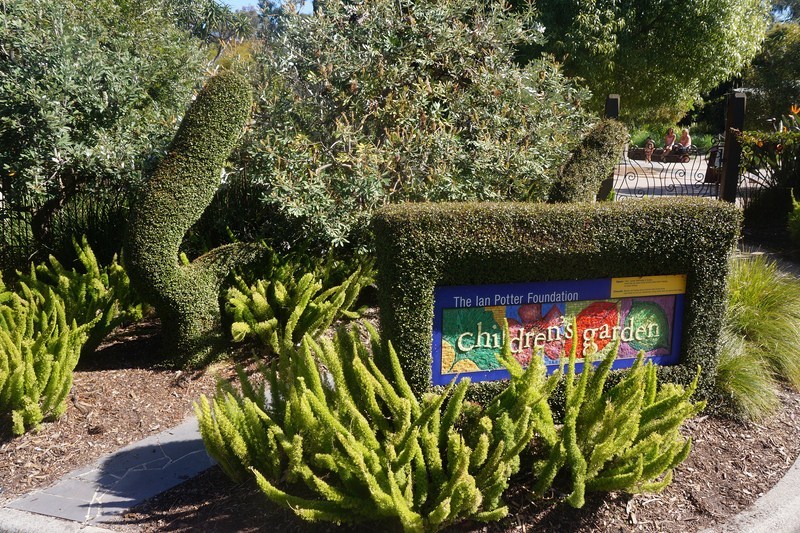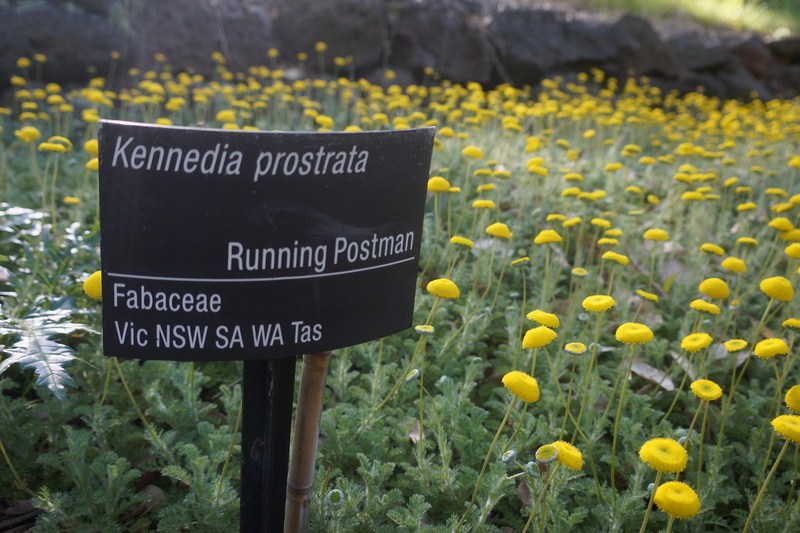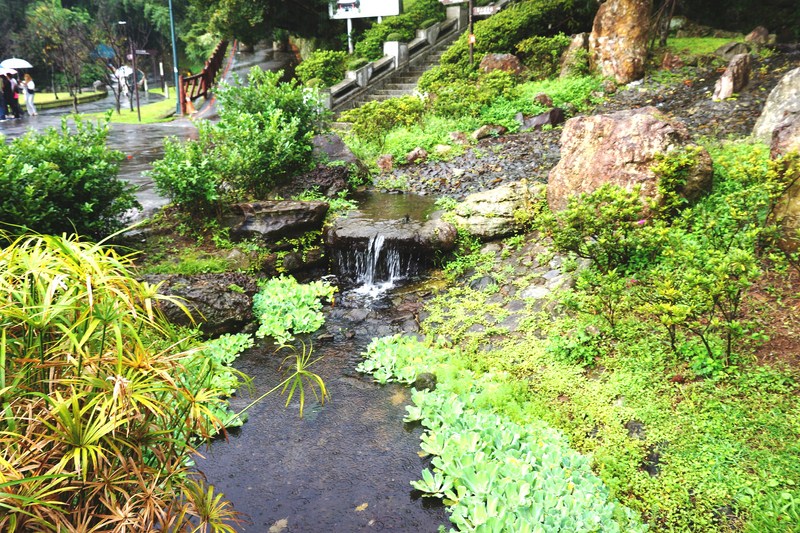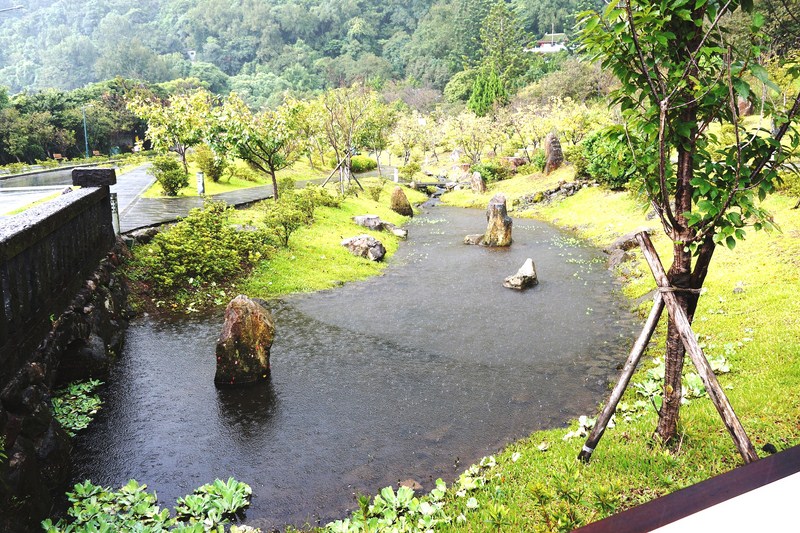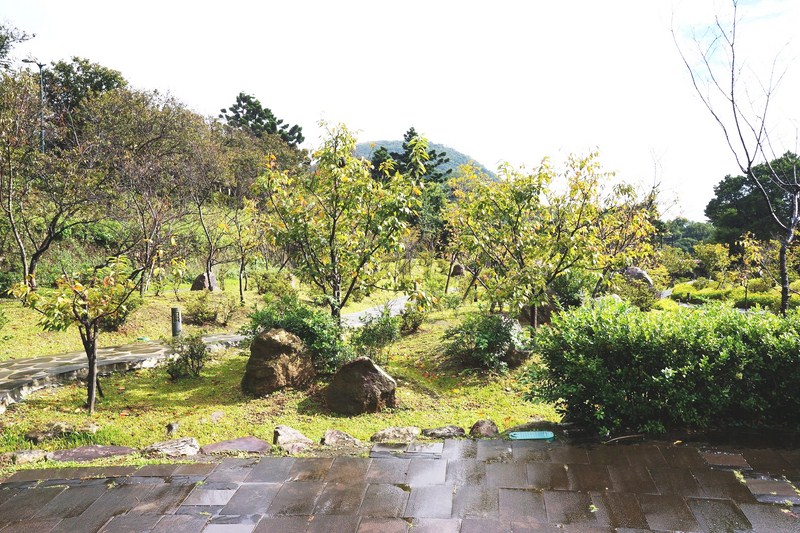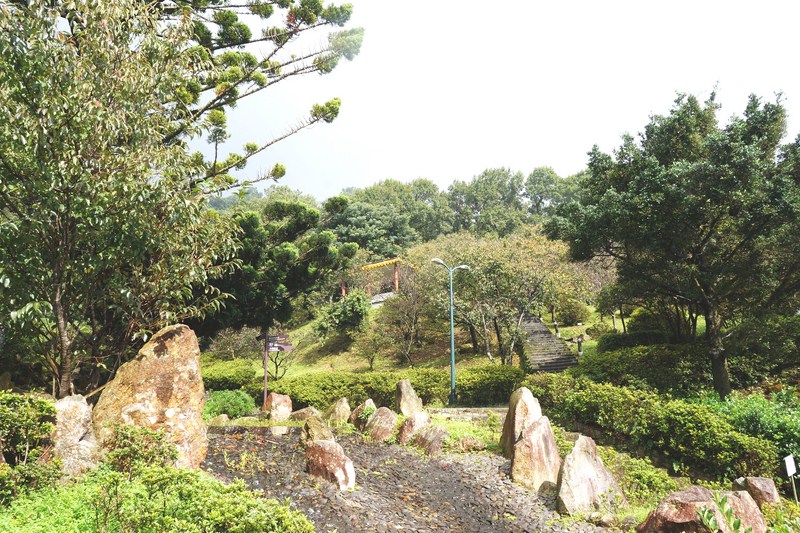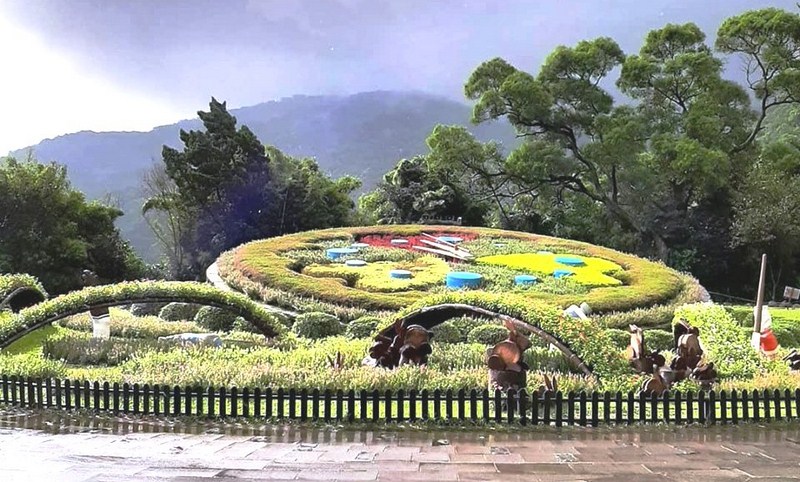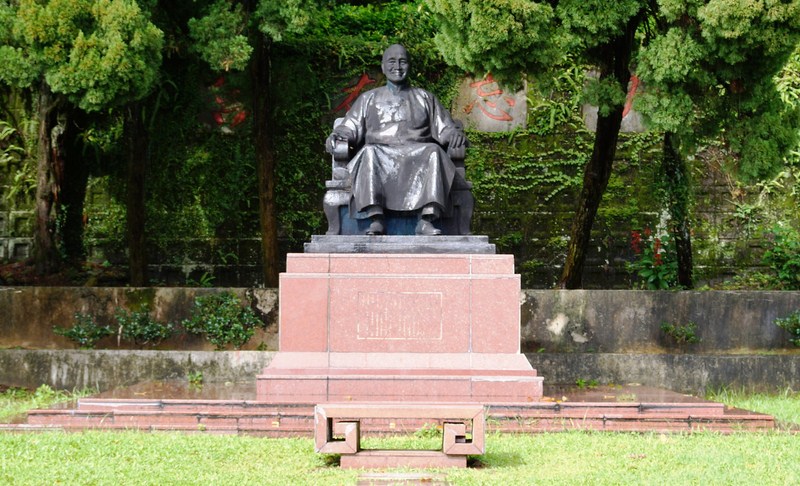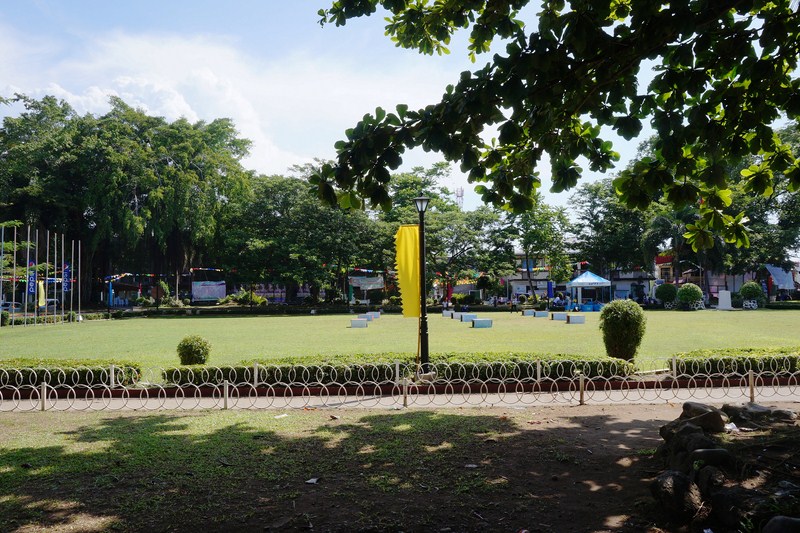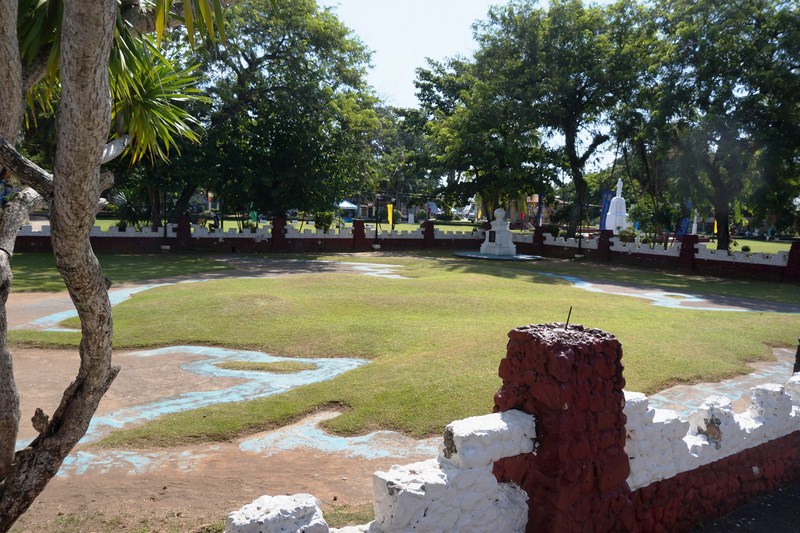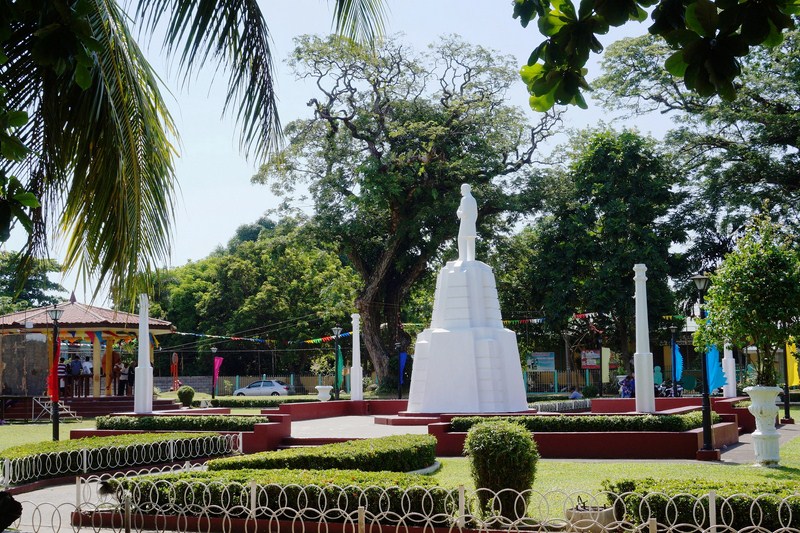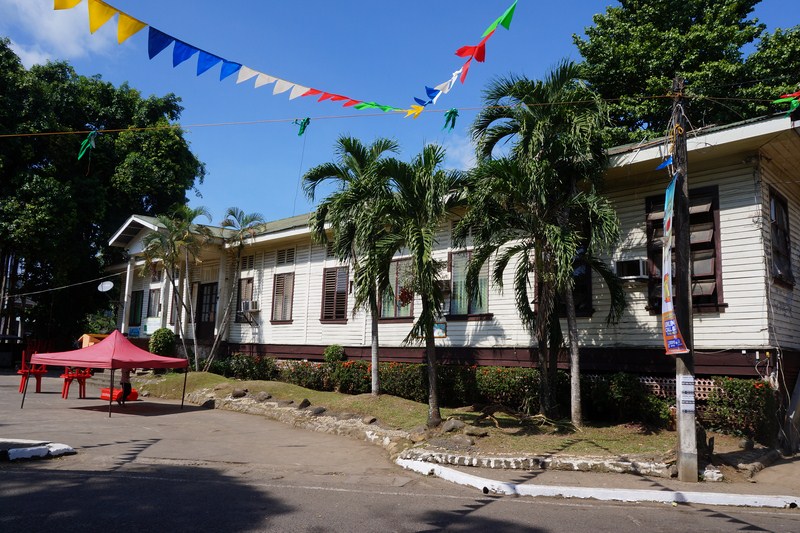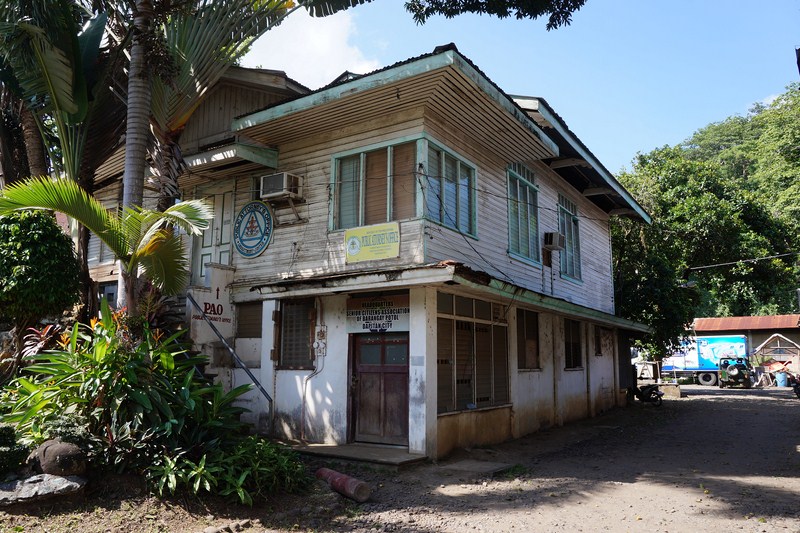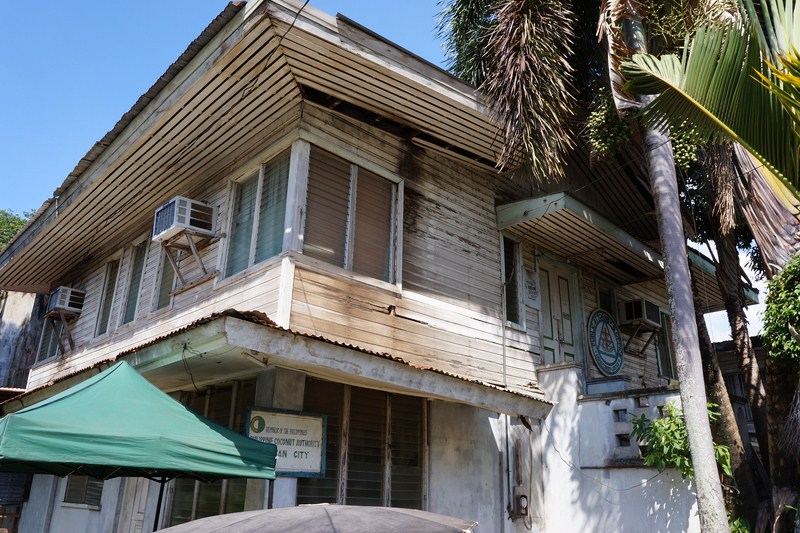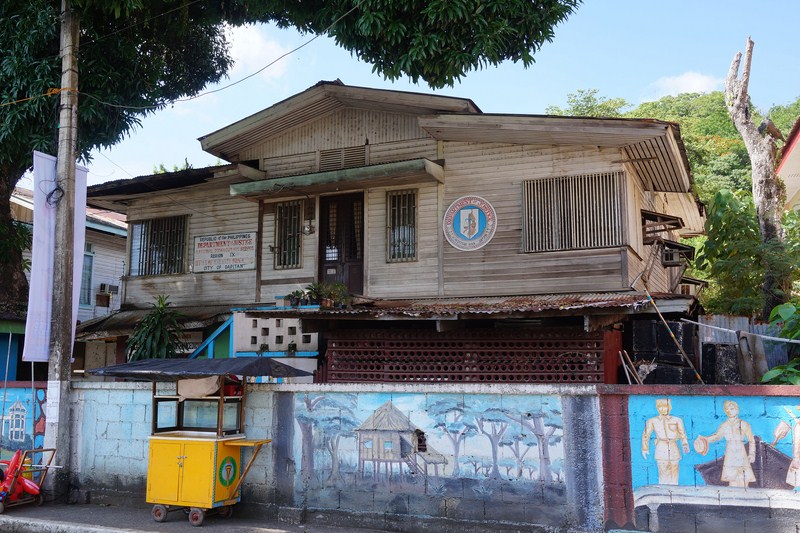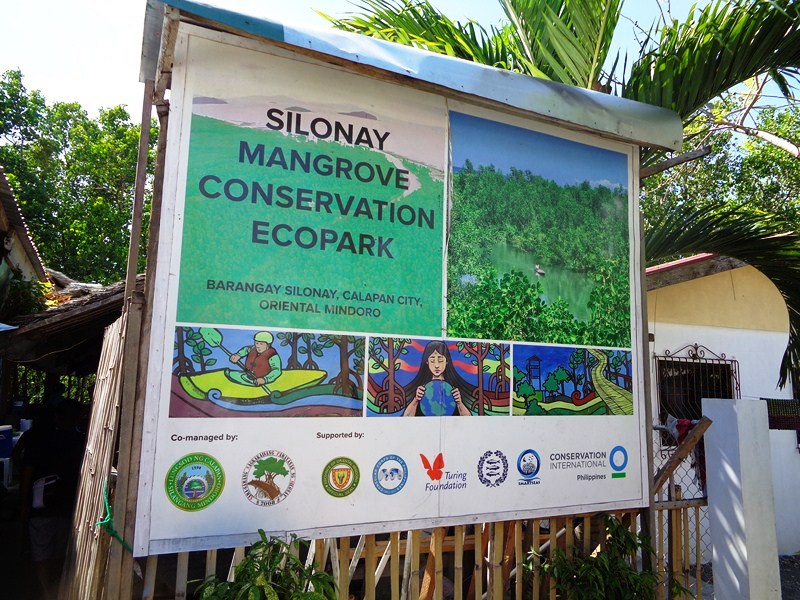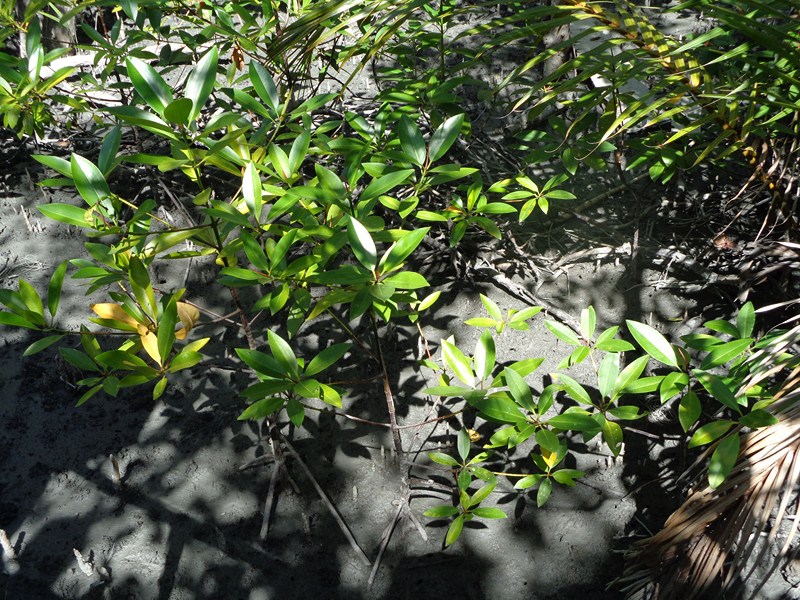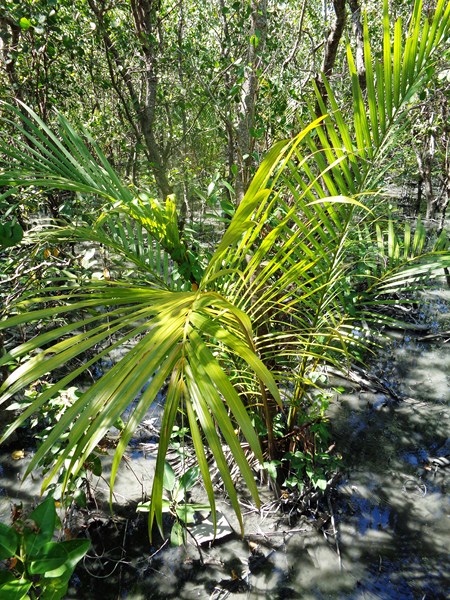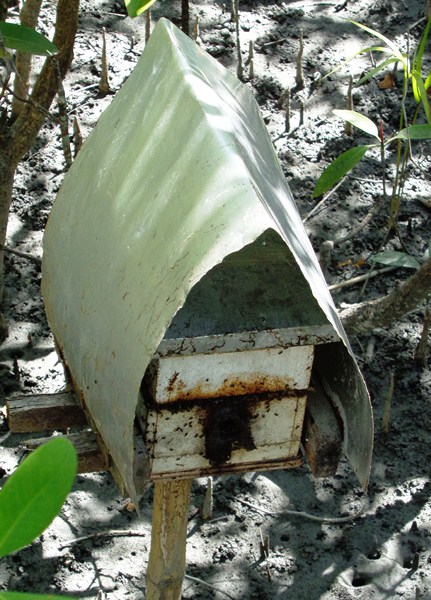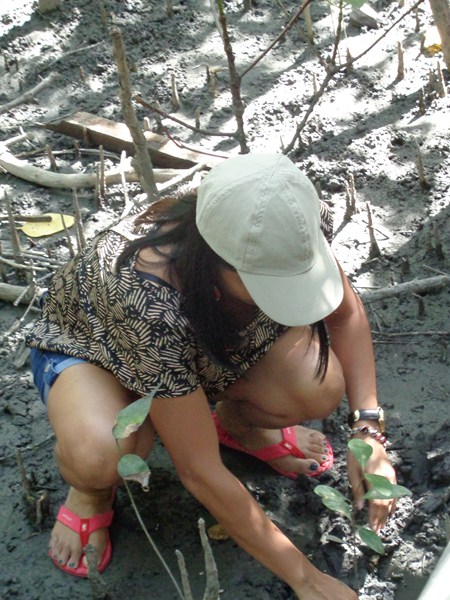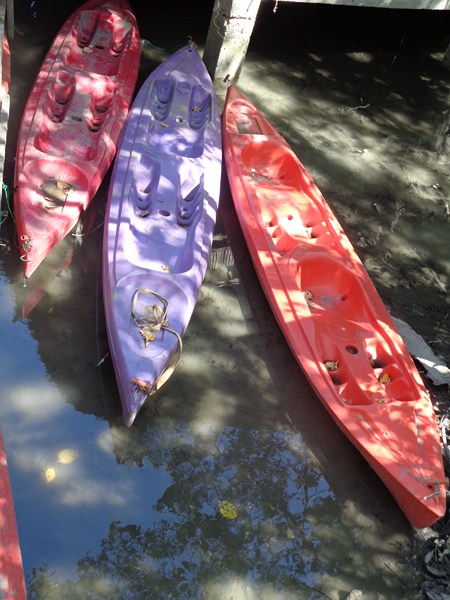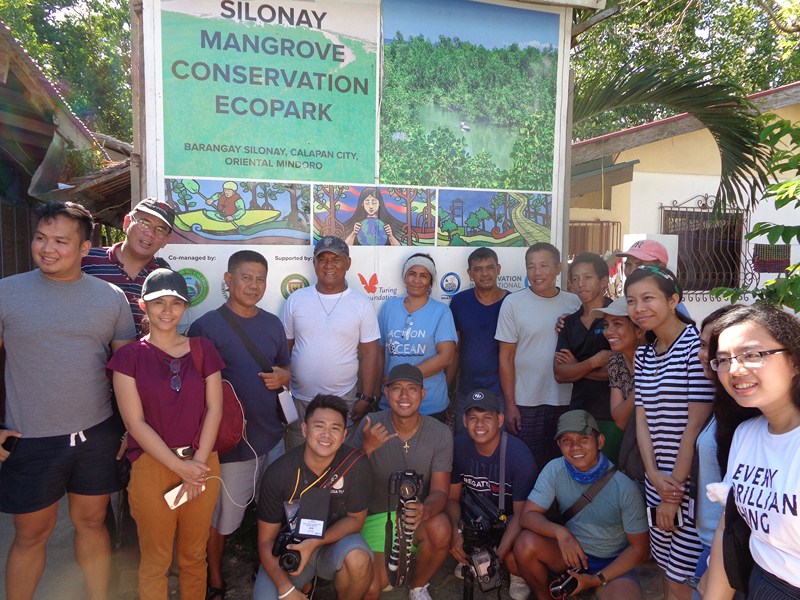After breakfast at The Sophia Hotel, our media group again boarded our provincial government-supplied airconditioned bus for our Discover Isabela Tour which would take us to two of the province’s Heritage Churches as well as an upcoming tourism leisure site. Our tour first brought us to the town of Benito Soliven, just a 33-km. (1-hour) drive away via the Pan-Philippine Highway.
Check out “Hotel and Inn Review: The Sophia Hotel“
Our destination here was the Benito Soliven View Deck and Flower Park, a recreation area ideal for a mini-stroll or pictorial session. The focal point of the Flower Park was its partial medicine wheel garden. More than just a shape, in Native American folklore, medicine gardens serve as ceremonial sites, perhaps for healing ceremonies as medicine wheels build on the radiating energy of circles.
Gravel walkways, lined with shrubs, serve as its spokes. At the moment, its center was dominated by a huge Christmas tree, a carryover from the holidays, and a circular concrete bench. Within the vicinity of the garden is a wishing well and a huge wicker basket where couples can sit and do Instagrammable selfies. On their own, flower farms are sought after just for photos on social media.
Another feature of the site is its awesome rustic view of mountains, rice fields and the Pinakawan River. This scenery is best seen from a concrete view deck reached by a steel stairway. At ground level, there’s a wickerwork ring chair and wooden platform with wooden benches and a heart-shaped wickerwork backdrop (another great backdrop for your Instagram feed). Truly, there’s something romantic about the idea of being in the middle of a flower garden and an awesome view.
During our visit, we were treated to a merienda of turon, bananacue and buco juice, a fitting prelude to what’s next in store for us – the Sky Cycle (Zip Bike), a “rush” (due to the rush of emotions) which takes biking to another level.
This would be my second try at this adrenaline-filled activity, the first being at the Chocolate Hills Adventure Park (CHAPS) in Bohol. The bicycle, minus the rubber tires, is securely joined to the zip line so there’s no problem balancing. All we had to do was pedal and feel the ride.
Check out “Chocolate Hills Adventure Park”
After all suiting up with helmet and harness, Ms. Analiza “Azi” Andaya (outoftownblog) and Ms. Riza Divina (Abante) took first crack at it, followed by me and Ms. Marita “Ika” Roxas-Ysmael (YMV & Associates) and, finally, by Mr. Vince Samson (Asian Journal) and Mr. Neilsen Elesis (Woman’s Journal).
It took some time to for me to feel at ease with the bike (it needed adjustment for my height) but, once adjusted on the return, I got the feel for it and the ride became more enjoyable and exciting.

The author and and exultant Ika (this is her first try on a bike zip) on the return trip (photo: Boy Santos of Philippine Star)
The piece de resistance of our visit, the Sky Cycle was truly an exciting, one-of-a-kind experience.
 Benito Soliven View Deck and Flower Park: District I, Benito Soliven 3331, Isabela.
Benito Soliven View Deck and Flower Park: District I, Benito Soliven 3331, Isabela.
Isabela Provincial Tourism Office: Provincial Capitol Complex, City of Ilagan, Isabela. Tel: (078) 323-3146. Mobile number: (0917) 317-3820. E-mail: isabelatourismoffice@gmail.com.
Isabela Provincial Information Office: Provincial Capitol Complex, City of Ilagan, Isabela. Tel: (078) 323-0248. Mobile number: (0927) 395-7555. E-mail: letters_info@yahoo.com.
How to Get There: Benito Soliven is located 426.8 kms. (an 8-hour drive) from Manila and 39 kms. (via Junction Naguilian – San Mariano – Palanan Rd. and Pan-Philippine Highway) from the City of Ilagan.


